The evolution of South Korea’s automotive culture is a fascinating journey, reflecting not just the preferences of its people but also the significant strides the country has made in the global automobile industry. Over the past few decades, South Korea has successfully cemented its position among the world’s foremost car manufacturers, with a burgeoning demand for its automobiles globally. Here are the seven key features that shape South Korea’s automotive landscape:
Feature 1: Urban Planning and Infrastructure Tailored for Driving
With approximately 52 million residents densely packed into relatively small urban areas, South Korea has meticulously designed its cities to meet the needs of drivers. Even in major metropolitan areas, traffic congestion is a rarity, thanks to the country’s focus on comprehensive road construction and infrastructure development.
Feature 2: Underground Parking in Residential Buildings
In cities like Seoul, new residential districts predominantly consist of high-rise buildings, each equipped with multi-level underground parking facilities. This strategic design not only optimizes building density but also eliminates the chaos of street-side parking, ensuring a more organized urban environment.
Feature 3: Preference for Domestic Automobiles
Historically, South Korean residents were legally restricted to driving domestically manufactured cars from brands like Daewoo, Hyundai, Kia, and SsangYong. Although this restriction was lifted following South Korea’s entry into the World Trade Organization, the preference for home-grown vehicles remains strong among South Koreans even today.
Feature 4: Foreign Ownership of Korean Car Companies
Several Korean automobile companies are now subsidiaries of international corporations. Daewoo, for example, is owned by General Motors, while SsangYong is part of India’s Mahindra & Mahindra Limited. Notably, Samsung Motors operates exclusively within South Korea, producing models like the Samsung QM3 and QM5 under the ownership of France’s Renault.

Feature 5: Popularity of German Cars and Aversion to Japanese Cars
German cars are a popular choice among South Koreans, whereas Japanese cars face significant historical and cultural resistance. Brands like Toyota are seldom seen on South Korean roads, although luxury Japanese brands such as Lexus and Infiniti are exceptions and are not perceived as ‘Japanese cars’ by the general populace.
Feature 6: Vehicle License Plates
In South Korea, private cars are issued white license plates, while commercial vehicles receive yellow plates. Additionally, blue plates are designated for hybrid and electric vehicles, reflecting the country’s commitment to promoting eco-friendly transportation options.
Feature 7: The Secondary Car Market
South Koreans have a tendency to trade in their outdated vehicles for new models every few years, ensuring that the majority of cars on the road are relatively new. As there is little demand for second-hand cars within the country, these vehicles are often exported to markets with higher demand, such as Russia.
This article aims to delve into the historical aspects of South Korea’s automotive culture, offering insights that reflect the nation’s progressive outlook and practical approach to urban and transportation planning.


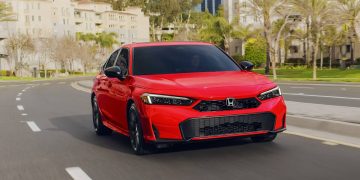
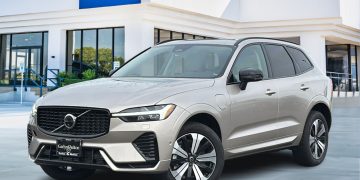
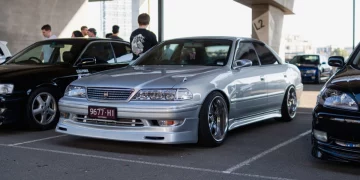

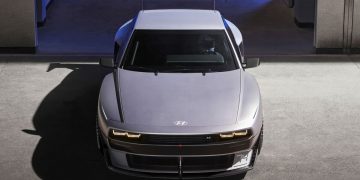

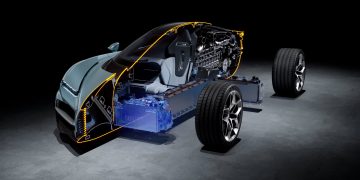
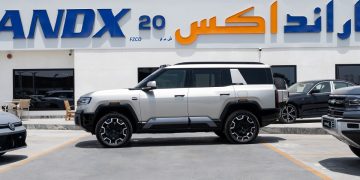

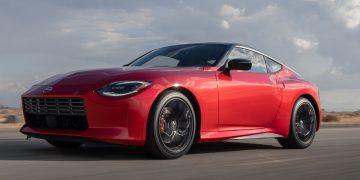




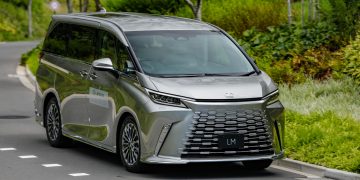


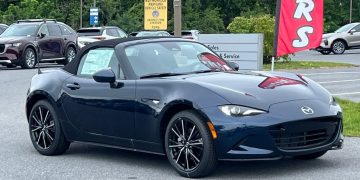
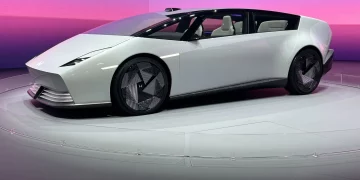
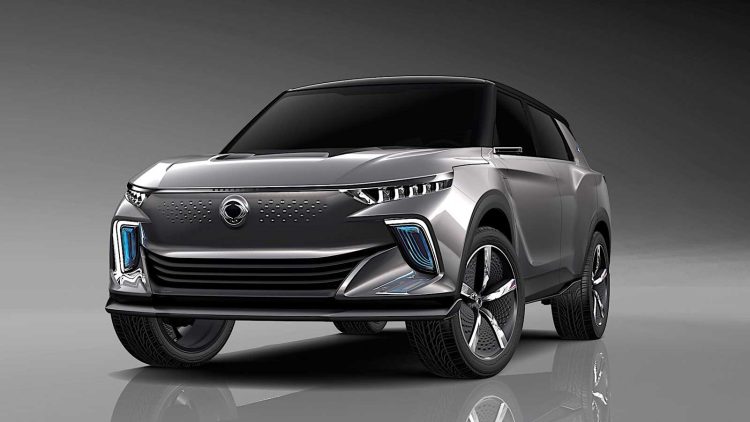












Discussion about this post